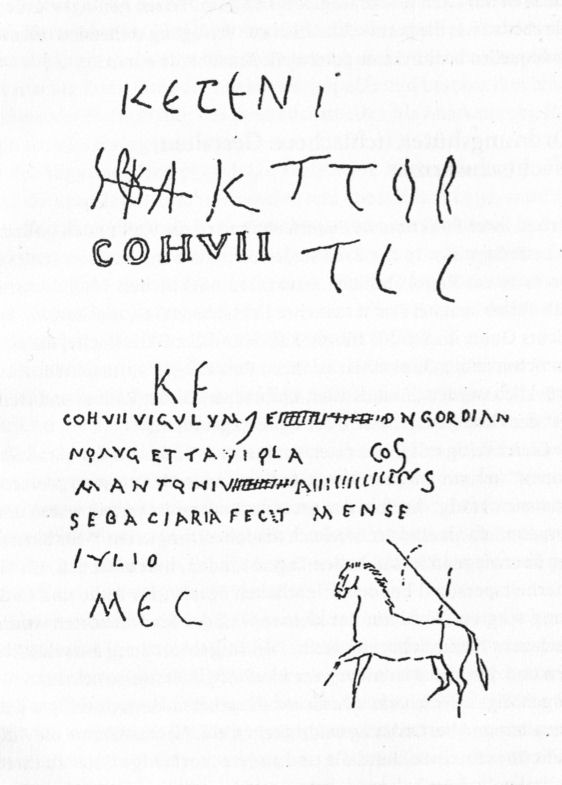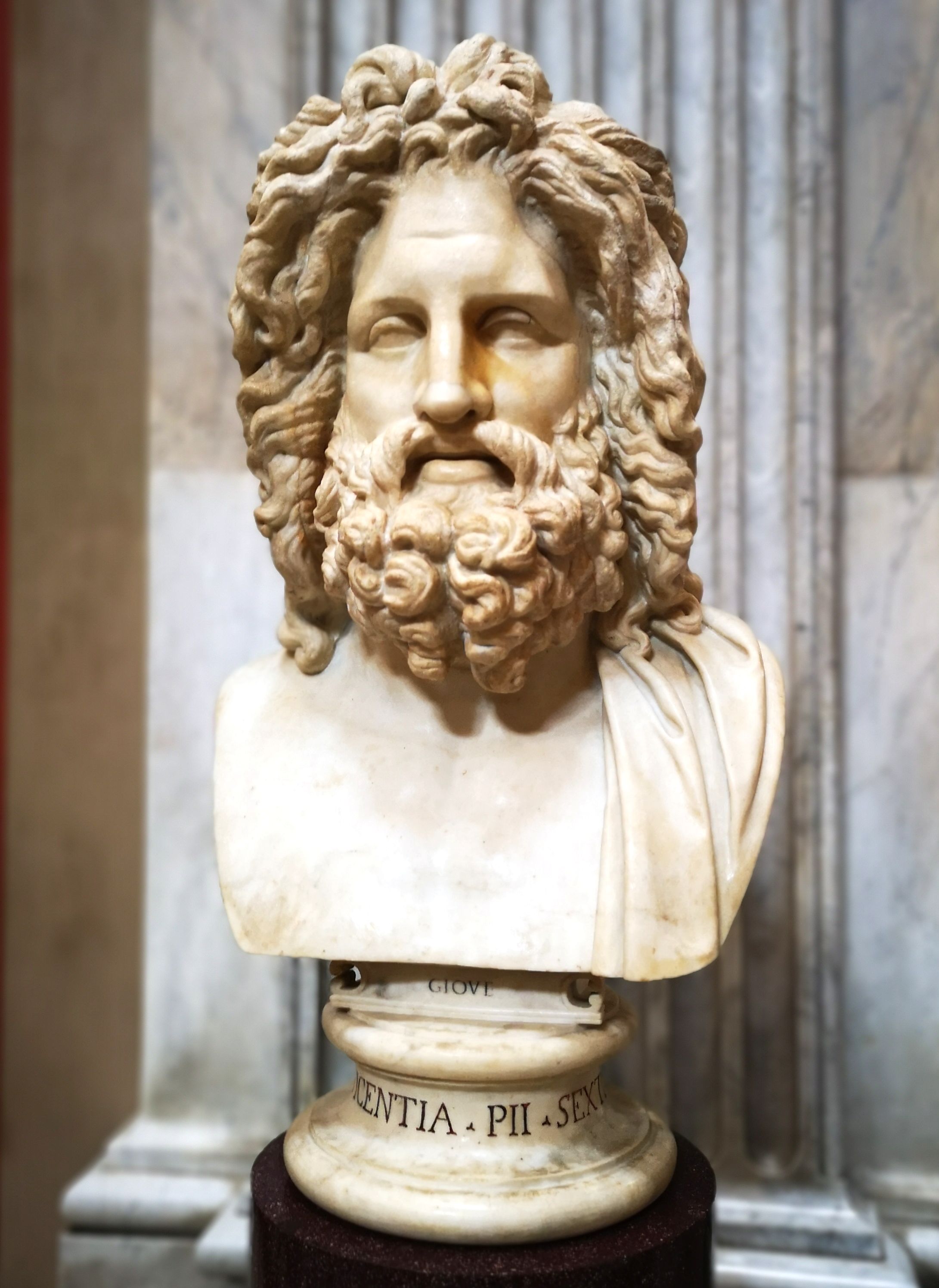|
Regio VII Via Lata
The Regio VII Via Lata is the seventh regio of imperial Rome, under Augustus's administrative reform. Regio VII took its name from the wide urban street the ''Via Lata'' ("the Broad Way"). It was the urban section of the Via Flaminia, which ran between the Servian walls and the Aurelian Walls, and corresponds to the modern Via del Corso. The contained part of the Campus Martius on the east of the street plus the ''Collis Hortulorum'' (Hill of the Hortuli), the Pincian Hill (modern Pincio). Geographic extent and important features Descending into the valley towards the '' Campus Martius'', Regio VII was defined by its principal artery, the ''Via Lata'', which was also its western boundary. To the south it was bordered by the Imperial Fora and the Capitoline Hill, while to the north it was enclosed by the Aurelian Wall, through which passed its principal gate, the Porta Flaminia. To the east, it was flanked by the ''Via Salaria vetus''. A measurement taken at the end of th ... [...More Info...] [...Related Items...] OR: [Wikipedia] [Google] [Baidu] |
Porticus Vipsania
The ''Porticus Vipsania'' was a map of the world once displayed in the Campus Agrippae, located in Rome, not far from the Via Flaminia. It was designed by Marcus Vipsanius Agrippa and constructed by his sister Vipsania Polla after Agrippa died. The map was named either directly after Vipsania Polla or the gens Vipsania, which Polla and her brother Agrippa belonged to. History Augustus had a world map engraved on marble, following the descriptions given in Agrippa's geographical work, the '' Commentarii''. Agrippa began construction of the map before his death in 12 BC, after which his sister Vipsania Polla oversaw the project. It was not yet completed by 7 BC when Augustus opened the Campus Agrippae to the public. Polla had likely died before this as Augustus was the one who finished the project at a later date. It was the relatives of a person who were responsible for completing tasks begun by a person, once his sister died Augustus who was Agrippas father-in-law likely felt r ... [...More Info...] [...Related Items...] OR: [Wikipedia] [Google] [Baidu] |
Horrea
A ''horreum'' (plural: ''horrea'') was a type of public warehouse used during the ancient Roman period. Although the Latin term is often used to refer to granaries, Roman ''horrea'' were used to store many other types of consumables; the giant Horrea Galbae in Rome were used not only to store grain but also olive oil, wine, foodstuffs, clothing and even marble.Lawrence Richardson, ''A New Topographical Dictionary of Ancient Rome'', p. 193. JHU Press, 1992. By the end of the imperial period, the city of Rome had nearly 300 ''horrea'' to supply its demands. The biggest were enormous, even by modern standards; the Horrea Galbae contained 140 rooms on the ground floor alone, covering an area of some 225,000 square feet (21,000 m²).David Stone Potter, D. J. Mattingly, ''Life, Death, and Entertainment in the Roman Empire'', p. 180. University of Michigan Press, 1999. The amount of storage space available in the public ''horrea'' can be judged by the fact that when the emperor Septimius ... [...More Info...] [...Related Items...] OR: [Wikipedia] [Google] [Baidu] |
Domus
In Ancient Rome, the ''domus'' (plural ''domūs'', genitive ''domūs'' or ''domī'') was the type of town house occupied by the upper classes and some wealthy freedmen during the Republican and Imperial eras. It was found in almost all the major cities throughout the Roman territories. The modern English word '' domestic'' comes from Latin ''domesticus'', which is derived from the word ''domus''. The word in modern Slavic languages means "home" and is a cognate of the Latin word, going back to Proto-Indo-European. Along with a ''domus'' in the city, many of the richest families of ancient Rome also owned a separate country house known as a villa. Many chose to live primarily, or even exclusively, in their villas; these homes were generally much grander in scale and on larger acres of land due to more space outside the walled and fortified city. The elite classes of Roman society constructed their residences with elaborate marble decorations, inlaid marble paneling, door ... [...More Info...] [...Related Items...] OR: [Wikipedia] [Google] [Baidu] |
Aedicula
In ancient Roman religion, an ''aedicula'' (plural ''aediculae'') is a small shrine, and in classical architecture refers to a niche covered by a pediment or entablature supported by a pair of columns and typically framing a statue,"aedicula, n." ''OED Online'', Oxford University Press, September 2020www.oed.com/view/Entry/3077 Accessed 29 September 2020."aedicule, n." ''OED Online'', Oxford University Press, September 2020www.oed.com/view/Entry/3079 Accessed 29 September 2020 the early Christian ones sometimes contained funeral urns. Aediculae are also represented in art as a form of ornamentation. The word ''aedicula'' is the diminutive of the Latin '' aedes'', a temple building or dwelling place. The Latin word has been Anglicised as "aedicule" and as "edicule". Classical aediculae Many aediculae were household shrines ( lararia) that held small altars or statues of the Lares and Di Penates. The Lares were Roman deities protecting the house and the family household gods ... [...More Info...] [...Related Items...] OR: [Wikipedia] [Google] [Baidu] |
Vigiles
The ''Vigiles'' or more properly the ''Vigiles Urbani'' ("watchmen of the City") or ''Cohortes Vigilum'' (" cohorts of the watchmen") were the firefighters and police of ancient Rome. History The ''Triumviri Nocturni'' (meaning ''three men of the night'') were the first men, being privately owned slaves, organized into a group that combated the common problems of fire and conflagrations in Rome. The privately operated system became ineffective, so in the interest of keeping himself and Rome safe, Augustus instituted a new public firefighting force called the ''Vigiles''. Augustus modelled the new firefighters after the fire brigade of Alexandria, Egypt. The Vigiles were also known by their nickname ''Spartoli'' or "little bucket fellows" which was given to them because of the buckets they carried water in, which were made of rope sealed with pitch. In AD 6, Augustus levied a 4% tax on the sale of slaves and used the proceeds to set up the new force. The first Vigiles units w ... [...More Info...] [...Related Items...] OR: [Wikipedia] [Google] [Baidu] |
Fortuna
Fortuna ( la, Fortūna, equivalent to the Greek goddess Tyche) is the goddess of fortune and the personification of luck in Roman religion who, largely thanks to the Late Antique author Boethius, remained popular through the Middle Ages until at least the Renaissance. The blindfolded depiction of her is still an important figure in many aspects of today's Italian culture, where the dichotomy ''fortuna / sfortuna'' (luck / unluck) plays a prominent role in everyday social life, also represented by the very common refrain "La eafortuna è cieca" (latin ''Fortuna caeca est''; "Luck oddessis blind"). Fortuna is often depicted with a gubernaculum (ship's rudder), a ball or Rota Fortunae (wheel of fortune, first mentioned by Cicero) and a cornucopia (horn of plenty). She might bring good or bad luck: she could be represented as veiled and blind, as in modern depictions of Lady Justice, except that Fortuna does not hold a balance. Fortuna came to represent life's capriciousness. ... [...More Info...] [...Related Items...] OR: [Wikipedia] [Google] [Baidu] |
Spes
In ancient Roman religion, Spes (pronounced ) was the goddess of hope. Multiple temples to Spes are known, and inscriptions indicate that she received private devotion as well as state cult. Republican Hope During the Republic, a temple to "ancient Hope" ''(Spes vetus)'' was supposed to have been located near the Praenestine Gate. It was associated with events that occurred in the 5th century BC, but its existence as anything except perhaps a private shrine has been doubted. A well-documented temple of Spes was built by Aulus Atilius Calatinus along with Fides, as the result of vows ''(vota)'' made to these goddesses during the First Punic War. At Capua in 110 BC, a temple was built to the triad of Spes, Fides, and Fortuna. Imperial Hope Spes was one of the divine personifications in the Imperial cult of the Virtues. Spes Augusta was Hope associated with the capacity of the emperor as ''Augustus'' to ensure blessed conditions. Like Salus ("Salvation, Security"), Ops ("Abund ... [...More Info...] [...Related Items...] OR: [Wikipedia] [Google] [Baidu] |
Jupiter (mythology)
Jupiter ( la, Iūpiter or , from Proto-Italic "day, sky" + "father", thus " sky father" Greek: Δίας or Ζεύς), also known as Jove ( gen. ''Iovis'' ), is the god of the sky and thunder, and king of the gods in ancient Roman religion and mythology. Jupiter was the chief deity of Roman state religion throughout the Republican and Imperial eras, until Christianity became the dominant religion of the Empire. In Roman mythology, he negotiates with Numa Pompilius, the second king of Rome, to establish principles of Roman religion such as offering, or sacrifice. Jupiter is usually thought to have originated as a sky god. His identifying implement is the thunderbolt and his primary sacred animal is the eagle, which held precedence over other birds in the taking of auspices and became one of the most common symbols of the Roman army (see Aquila). The two emblems were often combined to represent the god in the form of an eagle holding in its claws a thunderbolt, frequen ... [...More Info...] [...Related Items...] OR: [Wikipedia] [Google] [Baidu] |
Nymphaeum
A ''nymphaeum'' or ''nymphaion'' ( grc, νυμφαῖον), in ancient Greece and Rome, was a monument A monument is a type of structure that was explicitly created to commemorate a person or event, or which has become relevant to a social group as a part of their remembrance of historic times or cultural heritage, due to its artistic, hist ... sanctuary, consecrated to the nymphs, especially those of Spring (hydrosphere), springs. These monuments were originally natural grottoes, which tradition assigned as habitations to the local nymphs. They were sometimes so arranged as to furnish a supply of water, as at Pamphylian Side, Turkey, Side. A nymphaeum dedicated to a local water nymph, Coventina, was built along Hadrian's Wall, in the northernmost reach of the Roman Empire. Subsequently, artificial grottoes took the place of natural ones. Roman period The nymphaeum in Jerash, Jordan (''illustration, above right''), was constructed in 191 AD. The fountain was originally ... [...More Info...] [...Related Items...] OR: [Wikipedia] [Google] [Baidu] |
Diocletian
Diocletian (; la, Gaius Aurelius Valerius Diocletianus, grc, Διοκλητιανός, Diokletianós; c. 242/245 – 311/312), nicknamed ''Iovius'', was Roman emperor from 284 until his abdication in 305. He was born Gaius Valerius Diocles to a family of low status in the Roman province of Dalmatia (Roman province), Dalmatia. Diocles rose through the ranks of the military early in his career, eventually becoming a Roman cavalry, cavalry commander for the army of Emperor Carus. After the deaths of Carus and his son Numerian on a campaign in Persia, Diocles was proclaimed emperor by the troops, taking the name Diocletianus. The title was also claimed by Carus's surviving son, Carinus, but Diocletian defeated him in the Battle of the Margus. Diocletian's reign stabilized the empire and ended the Crisis of the Third Century. He appointed fellow officer Maximian as ''Augustus (title), Augustus'', co-emperor, in 286. Diocletian reigned in the Byzantine Empire, Eastern Empire, and M ... [...More Info...] [...Related Items...] OR: [Wikipedia] [Google] [Baidu] |






